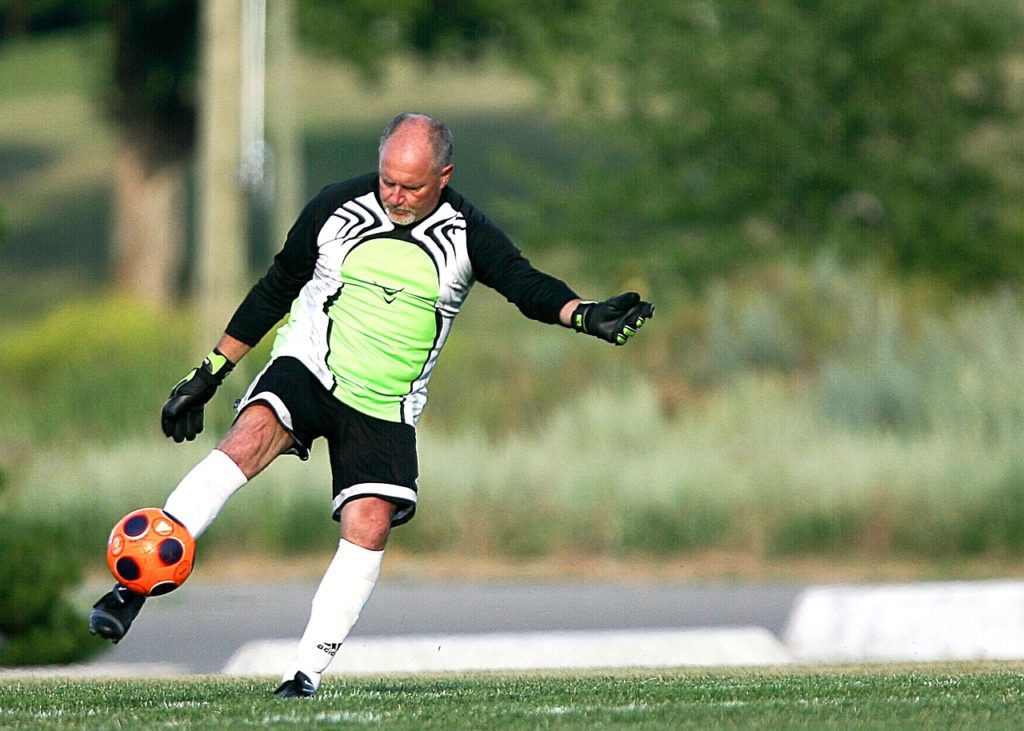 If you have plantar fasciitis, part of your plan for healing should be avoiding activities that have the potential to make your heel pain worse.
If you have plantar fasciitis, part of your plan for healing should be avoiding activities that have the potential to make your heel pain worse.
While it’s generally possible to stay active while you are recovering from plantar fasciitis with the help of orthotic inserts, icing, and plenty of rest, it’s important to be aware that several types of exercise are top culprits for aggravating plantar fasciitis or causing reinjury and further damage to the plantar fascia.
Let’s take a look at the worst exercises for plantar fasciitis (and how you can adapt them to continue the activities you love without damaging a compromised plantar fascia!)
Top 5 Worst Exercises for Heel Pain
When we’re talking about the worst exercises for plantar fasciitis and heel pain, it all comes down to impact: the amount of force a particular movement exerts on your body. If you have plantar fasciitis, it’s important to avoid or modify high-impact exercises (not to be confused with high intensity workouts). It’s still completely possible to burn a lot of calories and get a terrific workout–without putting a lot of strain on your heels and fascia. Take extra precautions with these top-offending exercises for heel pain:

1. Plyometrics
Plyometric exercises, also called “plyos” or “jump training” is one of the worst exercises for heels and arches that are recovering from plantar fasciitis. The exercises involve short bursts of energy that build control and power in the muscles with various types of jumping. The sudden jolts of impact to the arch can easily cause further tearing, strain, and damage.
Plantar Fasciitis-Friendly Modifications
Unfortunately, there’s not much you can do to make plyometrics friendly to a compromised fascia, since the exercise revolves around jumping. Focus on healing completely, and approach this exercise with caution when your doctor gives you the okay!
2. Running or Jogging
Running and jogging are two of the top causes of plantar fasciitis, so it should come as no surprise that these exercises should be approached with the utmost caution for individuals who have plantar fasciitis. As the foot is lifted and strikes the ground with each step, the amount of impact generated is several times that of walking.
Plantar Fasciitis-Friendly Modifications
Slow things down a bit and try walking (or speed walking!) with orthotic inserts while you heal. As your plantar fasciitis improves, and with the okay from your doctor, you can gradually work up to jogging or running again–with proper footwear, adequate rest, and orthotics for cushioning and support.
3. Burpees
Burpees might be all the rage, but they’re another top-offending exercise for plantar fasciitis. Burpees, also sometimes called squat thrusts, involves dropping quickly to a squatting position, shifting to a plank, swiftly jumping back to a squatting position, then standing. Because the exercise involves a lot of quick movements and impact as you transition between the different positions, it’s easy to re-injure or strain the fascia.
Plantar Fasciitis-Friendly Modifications
Take the movements you love from the burpee exercise and slow them down. Plank (on your knees, to reduce the strain to the fascia), and perform squats without the jumping action, alternating these strength-building exercises with low-impact cardio like the elliptical machine to get your heart rate up.
4. High-Impact Team Sports

Soccer and basketball are two of the most popular team sports for teens and adults in the US. Unfortunately, they also carry high risk of causing and aggravating plantar fasciitis. Both sports involve a lot of running, a lot of impact to the plantar fascia, and a lot of rapid changes in movement–all of which can cause small tears and injury to a strained fascia.
Plantar Fasciitis-Friendly Modifications
If you’re solidly on the road to healing and your doctor supports the decision, you can still play these sports with the help of orthotic inserts for cushioning and fascial support. You’ll also want to make good use of massage balls, taping, icing, NSAIDs, and plenty of rest between games to make sure you aren’t overdoing it. Let your teammates know that you may need to spend more time in positions that don’t involve quite as much running while you heal.
5. Cardio Dancing and Aerobics
Cardio dancing and aerobics can be a lot of fun. Unfortunately, they can also cause a lot of heel pain because of the amount of impact and quick footwork. Cardio dancing and aerobics involve a lot of time on your feet, and a lot of jumping and hopping, which can lead to inflammation, pain, and strain to the fascia.

Plantar Fasciitis-Friendly Modifications
Work with your instructor to come up with alternative movements to jumps and hops (for instance, more arm movements). That way, when a lot of hopping begins, you’ll know just what to do. Be sure to wear comfortable, supportive shoes, and orthotic inserts. If you’re looking for a lower-impact alternative to cardio dancing and aerobics, you can also try pilates and yoga, which incorporate group fitness with a low-impact focus.
Exercising the Healthy Way with Plantar Fasciitis
Whether you decide to modify one of these worst-offending exercises for plantar fasciitis, or choose a lower-impact exercise (like swimming, pilates, yoga, rowing, or the elliptical) while you are healing, exercise is important for your health and your spirits. No matter which activity you choose, paying attention to the amount of impact your heels and fascia are absorbing will help you avoid problematic exercises and prevent re-injury. Likewise, taking time to ice, rest, and stretch as you work out and play will help your fascia, muscles, and ligaments stay limber and healthy.




I am having therapy from r plantar facilities but so far no improvement. I do wish book will help
Hi Jane, I’m suffering from this right now and can confirm that heel supports and more especially orthotic arch supports really make a difference. Make sure you exercise your feet before you get out of bed and do calf stretches whenever you can. Together the exercises and the supports will speed up the recovery time.
Good luck..!!
Omgoodness i took a step aerobics class at the gym and was incapacitated the whole next day. Was thinking about doing zumba but I don’t want to reaggravate the injury. I’m a runner so that’s probably how i got it in the first place.
I have this condition now on both heels. I am doing the recommended excersises but when I raise my one foot off the ground and then go up on my toes on my other foot the pain is really bad. Should I continue thru the pain or skip it on that foot for now? It’s fine when I reverse my feet as my right heel is not as bad as my left anymore.
Hello Jane, I had plantar faciitis surgery aprox 5 to 7 years ago with great success, until recently. All of a sudden I started having pain in the arch and outside arch, as well as the ball of my foot could this be from the surgery?
I suffered with this condition for 2 years and tried alot of things including orthotics, tennis ball roll, icing, massage therapy, osteopathy. Finally, got rid of it by doing the following 3 things:
1. wearing birkenstocks
2. wearing birkenstock insoles in my other shoes
3. intermittent fasting which allowed my body to heal itself, so when your body is not digesting food for 12-16 hours a day it is focussed on healing the inflammation.
Good Luck.